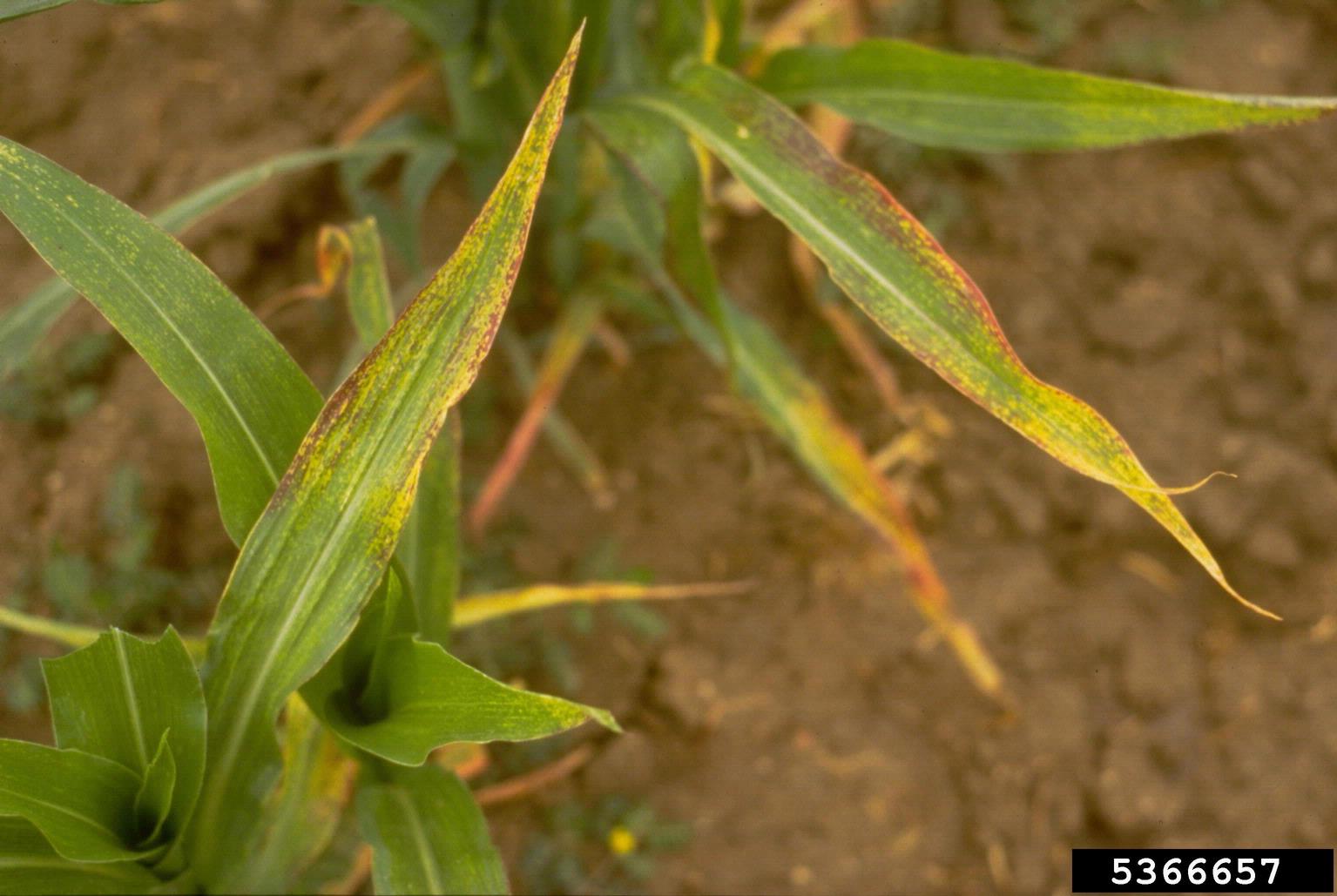High Plains Disease In Sweet Corn – Treating Corn With High Plains Virus


Although researchers believe sweet corn high plains disease has been around for a long time, it was initially identified as a unique disease in Idaho in 1993, followed shortly thereafter by outbreaks in Utah and Washington. The virus affects not only corn, but wheat and certain types of grasses. Unfortunately, control of sweet corn high plains disease is extremely difficult. Read on for helpful information about this destructive virus.
Symptoms of Corn with High Plains Virus
Symptoms of high plains virus of sweet corn vary widely, but may include weakened root systems, stunted growth and yellowing of the leaves, sometimes with yellow streaks and flecks. Reddish purple discolorations or wide yellow bands are often seen on mature leaves. The bands turn tan or pale brown as the tissue dies. Sweet corn high plains disease is transmitted by the wheat curl mite – tiny wingless mites that are carried from field to field on air currents. The mites reproduce rapidly in warm weather, and can complete an entire generation in a week to ten days.
How to Control High Plains Virus in Sweet Corn
If your corn is infected with sweet corn high plains disease, there isn’t much you can do. Here are a few tips for controlling high plains disease in sweet corn: Control grassy weeds and volunteer wheat in the area around the planting site, as the grass harbors both disease pathogens and wheat curl mites. Control should occur at least two weeks before corn is planted. Plant seeds as early in the season as possible. One chemical, known as Furadan 4F, has been approved for control of wheat curl mites in high risk areas. Your local cooperative extension office can provide more information about this product and if it is appropriate for your garden.
Gardening tips, videos, info and more delivered right to your inbox!
Sign up for the Gardening Know How newsletter today and receive a free copy of our e-book "How to Grow Delicious Tomatoes".

A Credentialed Garden Writer, Mary H. Dyer was with Gardening Know How in the very beginning, publishing articles as early as 2007.
-
 8 Perfect Flowers To Plant With Tomatoes To Boost Yields & Banish Pests
8 Perfect Flowers To Plant With Tomatoes To Boost Yields & Banish PestsDon’t forget flowers when choosing companion plants for your tomato beds or pots. These pretty, fragrant blooms add beauty but are also highly beneficial.
By Mary Ellen Ellis
-
 Want The Longest Lasting Hydrangea Flowers? Grow These 8 Panicle Hydrangea Varieties
Want The Longest Lasting Hydrangea Flowers? Grow These 8 Panicle Hydrangea VarietiesFor ornamental shrubs that deliver the longest flowering seasons with plush blooms and delicate hues, these panicle hydrangea varieties are essential in your yard
By Tonya Barnett